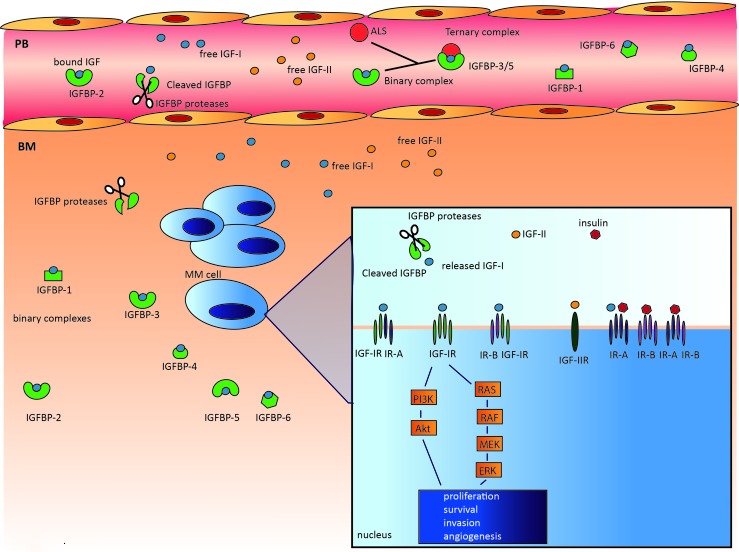Figure 1. The complexity of the IGF system.
The IGF system is a highly complex system composed of: IGF ligands (insulin, IGF-I, IGF-II), cell surface receptors (IR, IGF-IR, IGF-IIR, and IGF-1R/IR hybrids), a family of six high-affinity IGFBPs, and several IGFBP proteases, including serine proteinases, aspartic acid proteases, and metalloproteinases. In the circulation, IGFs are mostly bound to IGFBPs, greatly prolonging their half-life. In addition, binary complexes with IGFBP-3 and IGFBP-5 can form a 150 kDa ternary complex with the acid-labile subunit (ALS). In contrast to the binary complexes, these ternary complexes are unable to cross the endothelium. Within the BM microenvironment, the IGFBPs in the binary complexes may be cleaved by the abundantly available IGFBP proteases, thereby releasing the IGFs and increasing IGF bioavailability. The free IGF ligands will then bind the transmembrane receptors and activate two main signaling pathways, PI3K/Akt and MEK/ERK. Activation of these pathways results in proliferation, survival, invasion, and angiogenesis.

